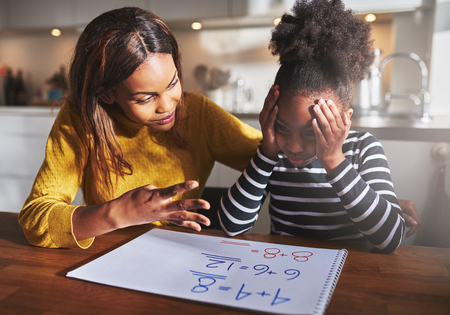Sudáfrica/Diciembre de 2017/Fuente: Newcastle
Resumen: Las escuelas en Sudáfrica después del Apartheid están en crisis. El martes 5 de diciembre, el Estudio sobre Progreso en Lectoescritura Internacional (PIRLS) publicó un informe condenatorio. El estudio evalúa la comprensión lectora y monitorea las tendencias en lectoescritura a intervalos de cinco años. PIRLS evaluó la comprensión lectora de cuarto año en más de 60 países desde 2001 y estableció puntos de referencia internacionales para la comprensión de lectura. Un total de 12810 alumnos de 4º grado en Sudáfrica se evaluaron en 293 escuelas de nueve provincias. Se les dieron nuevos pasajes traducidos a 10 idiomas oficiales.
Schools in post-Apartheid South Africa are in crisis. On Tuesday, 5 December, the Progress in International Reading Literacy Study (PIRLS) released a damning report. The study assesses reading comprehension and monitors trends in reading literacy at five-year intervals. PIRLS has assessed fourth year reading comprehension in over 60 countries since 2001 and set international benchmarks for reading comprehension.
A total of 12810 grade 4 pupils in South Africa were tested from 293 schools in nine provinces. They were given new passages translated into 10 official languages.
Provincial samples:

On average eight out of 10 learners did not reach the low benchmark in the languages they tested in. This means that 78% of the learners in grade 4 could sound words but did not understand the meaning of what they read. The lowest performing languages were isiXhosa (283) and Sepedi (276). The learners writing in English and Afrikaans achieved significantly higher scores than the African languages which do not differ statistically from one another. The highest achieving province was Western Cape (377) and the lowest performing province was Limpopo (285). At 347 score points, girls achieved 52 score points more than boys (295), which was statistically significant. Across all languages, girls consistently performed better than the boys from 2011 and 2016. South Africa was placed last out of all 50 countries who participated in PIRLS 2016. The study also showed that the scores between 2011 and 2016 do not differ significantly.
Here are some of the results of the study:
Eight out of ten learners cannot read


Western Cape is the highest achieving province

Schools located in rural areas scored less than urban/suburban schools
 Remote rural schools achieved significantly below 291 points while the learners attending schools in densely populated urban and suburban areas achieved between 384 – 393 points.
Remote rural schools achieved significantly below 291 points while the learners attending schools in densely populated urban and suburban areas achieved between 384 – 393 points.Girls achieved higher than boys in grade 4

South Africa was placed last out of 50 countries across the world

Not much difference between 2011 and 2016









 Users Today : 215
Users Today : 215 Total Users : 35402515
Total Users : 35402515 Views Today : 271
Views Today : 271 Total views : 3331578
Total views : 3331578